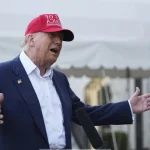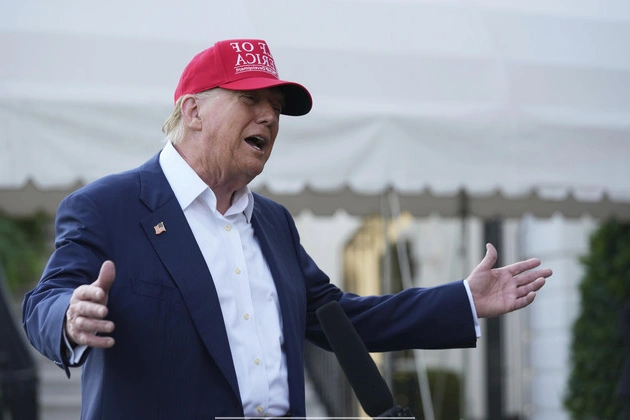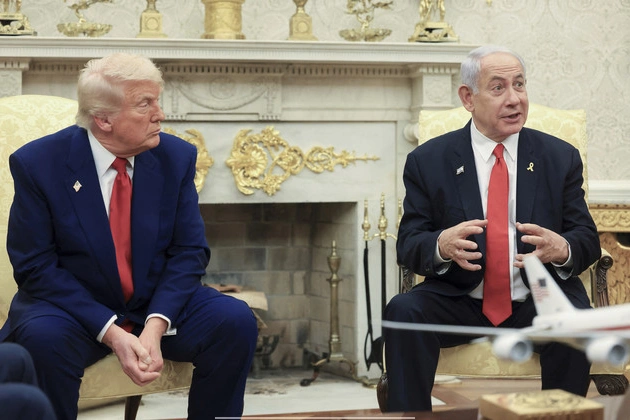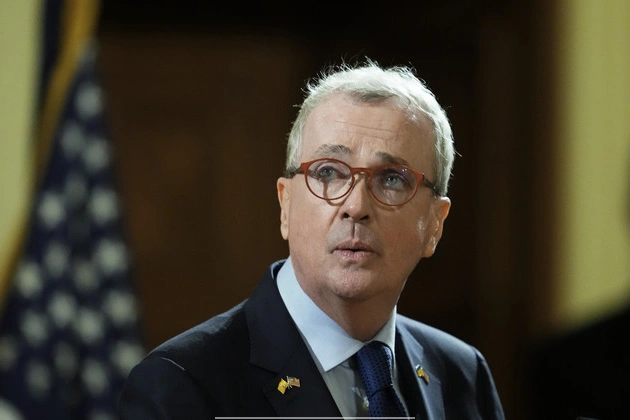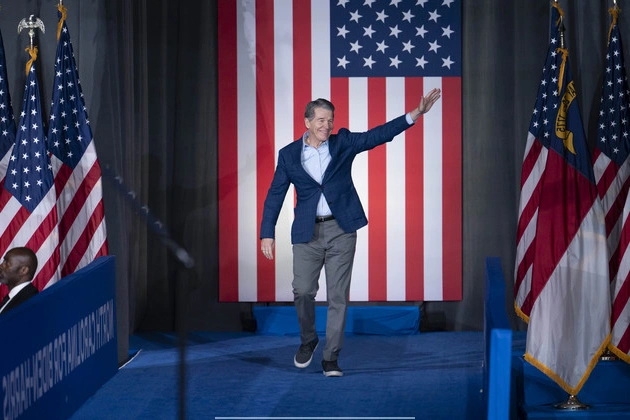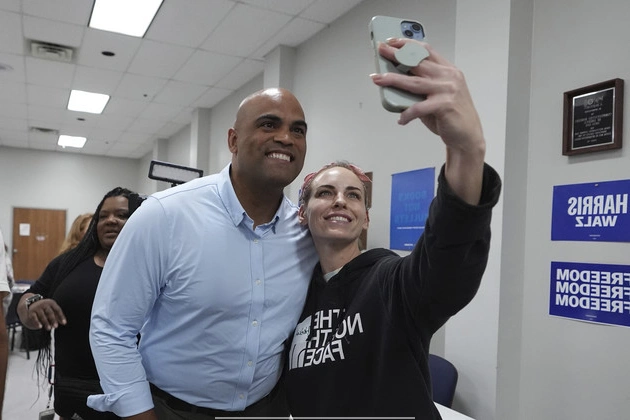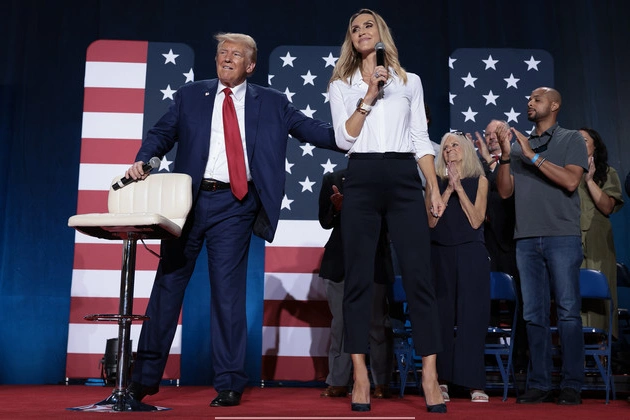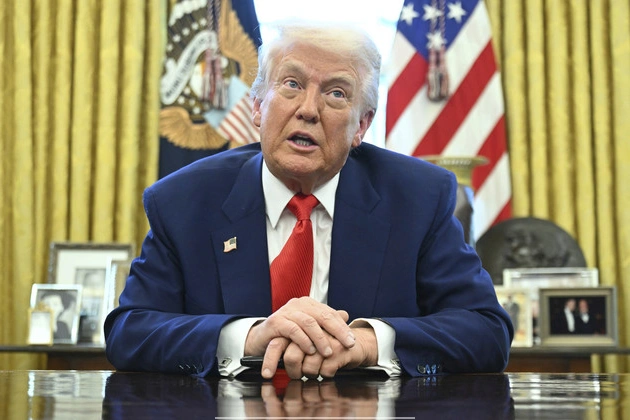
President Donald Trump has instructed federal agencies and their assigned teams to repeal any existing regulations that are inconsistent with his priorities without providing advance notice or going through the traditional public input process.
Legal Challenges and Controversy
The move accelerates the White House’s efforts to dismantle the federal regulatory machine, but skipping the notice-and-comment process may face legal challenges. It could exclude contrarian voices from weighing in on the administration’s deregulatory campaign, including civil rights advocates, labor unions, and environmentalist groups.
Review-and-Repeal Effort
Trump’s presidential memo instructs agency leaders to proceed with a government-wide review-and-repeal effort, citing recent Supreme Court rulings. The directive claims that many existing regulations have been rendered illegal based on these rulings, particularly the Loper Bright decision.
Impact on Chevron Precedent
The Loper Bright ruling overturned the Chevron precedent, giving agencies more discretion to interpret federal laws. The directive aims to repeal regulations deemed unlawful based on these recent rulings, despite legal challenges.
Response and Legal Action
Legal advocacy groups like Democracy Forward criticize Trump’s actions as harmful and unlawful. They pledge to challenge the administration in court to protect public interests and democracy.
Push for Deregulation
The memo cites Supreme Court cases dating back to 2015, mostly decided by the court’s conservative majority. The focus on EPA litigation suggests a potential rollback of pollution rules and other regulations.
Public Review Process Bypass
Trump justifies bypassing the public review process under the Administrative Procedure Act’s “good cause” exception, emphasizing the public interest in repealing unlawful regulations without traditional public input.
Stay informed about the ongoing developments and controversies surrounding the Trump administration’s directive to repeal regulations without public notice.
